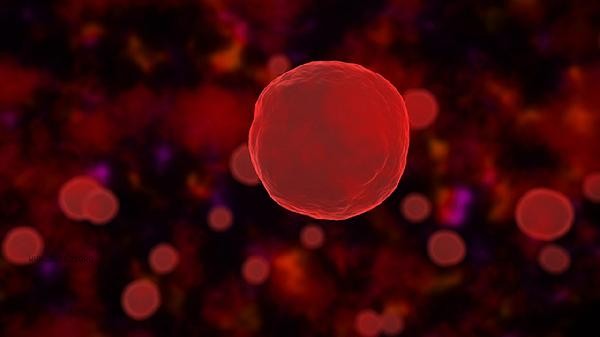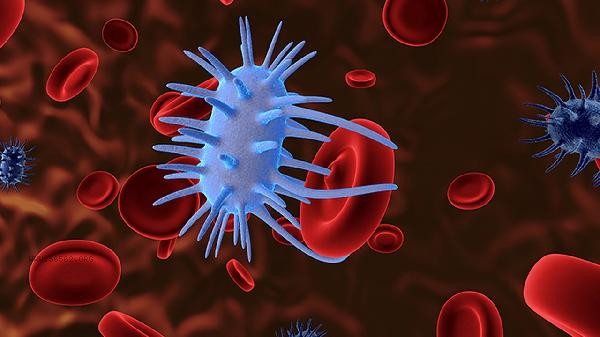The high erythrocyte sedimentation rate may be caused by infectious diseases, autoimmune diseases, anemia, malignant tumors, physiological factors and other reasons. Red blood cell sedimentation rate is a non-specific indicator reflecting inflammation or tissue damage. When the value increases abnormally, other examinations should be combined to determine the cause.

1. infectious diseases:
Bacterial or viral infection can stimulate the body to produce acute phase reactive protein, resulting in increased erythrocyte aggregation. Commonly seen in pneumonia, urinary tract infections, tuberculosis, etc., patients often have inflammatory manifestations such as fever and fatigue. Diagnosis should be confirmed through blood routine and pathogen testing, and antibiotics or antiviral treatment should be selected based on the type of infection.
2. Autoimmune diseases:
Rheumatoid arthritis, systemic lupus erythematosus, and other diseases can produce a large amount of immune complexes, accelerating the sinking of red blood cells. These patients usually have typical symptoms such as joint swelling and pain, rash, etc. Immunological tests such as anti nuclear antibodies and rheumatoid factors are required, and immunosuppressive agents are used to control the progression of the disease.
3. Anemia: When hemoglobin concentration decreases, the repulsive force between red blood cells weakens, making it easier to form a coin shaped arrangement. This phenomenon is common in patients with iron deficiency anemia and hemolytic anemia, who may experience symptoms such as pale complexion and palpitations. Further examinations such as iron metabolism and hemolysis screening are needed to correct anemia and gradually restore the sedimentation rate to normal.

4. Malignant tumors:
Some tumor cells secrete inflammatory cytokines, or the tumor leads to a chronic state of depletion in the body. Lymphoma and multiple myeloma patients are particularly significant, and may be accompanied by weight loss, bone pain, and other symptoms. Diagnosis needs to be confirmed through imaging, bone marrow puncture, and other examinations, and a radiotherapy and chemotherapy plan should be developed based on the type of tumor.
5. Physiological factors:
Women may experience mild elevation of sedimentation rate during menstruation, mid to late pregnancy, and the elderly. This type of situation has no pathological significance and is related to a physiological increase in fibrinogen levels. Usually without any special discomfort symptoms, it is recommended to have a follow-up examination 1-3 months later to observe the trend of changes. When the erythrocyte sedimentation rate continues to increase, it is recommended to improve auxiliary tests such as C-reactive protein and serum protein electrophoresis. Pay attention to recording body temperature changes in daily life and avoid vigorous exercise that may affect the test results. Maintain a balanced diet, supplement vitamin C and high-quality protein in moderation, and avoid behaviors such as smoking and drinking that exacerbate inflammatory reactions. If accompanied by symptoms such as persistent fever, joint pain, or weight loss, it is necessary to seek medical attention promptly to investigate potential diseases.









Comments (0)
Leave a Comment
No comments yet
Be the first to share your thoughts!